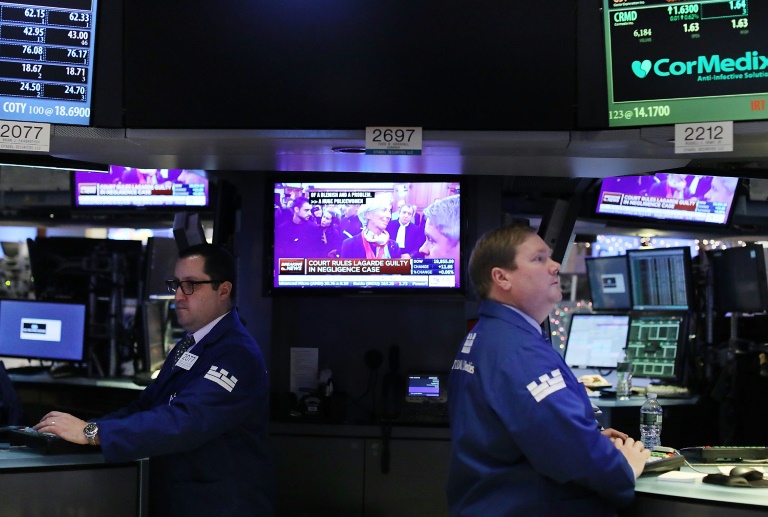Shoppers walk along the high street in Rochester, UK, on Tuesday, July 16, 2024.
Chris Ratcliffe | Bloomberg | Getty Images
U.K. inflation rose to 2.2% in July, coming in slightly below expectations but inching back above the Bank of England’s 2% target, data from the Office for National Statistics showed Wednesday.
Economists polled by Reuters had been expecting the headline consumer price index (CPI) to come in at 2.3%.
The headline inflation had come in at 2% in both May and June, in line with the Bank of England’s target rate.
The Office for National Statistics attributed the increase to housing and household services, saying gas and electricity prices had fallen by less than they did a year earlier.
So-called core-CPI — which excludes food, energy, alcohol and tobacco prices — came in at 3.3% in July, down from the 3.5% print of July, the statistics office said.
Meanwhile services inflation, which is closely watched by the Band of England, eased to 5.2% in July, compared to the previous month’s 5.7% reading.
Sterling pulled back after the release and was last trading at $1.2831 at 9:09 a.m. London time.
The inflation figures come after data released on Tuesday showed that average pay excluding bonuses increased by 5.4% year-on-year between April and June, marking the lowest rate in two years. The unemployment rate fell to 4.2% over the period, down from 4.4% across March to May.
The data comes after the Bank of England earlier this month cut interest rates for the first time in over four years, taking the key bank rate to 5%. It had previously been held at a 16-year high of 5.25% since August 2023.
The BOE said in its Monetary Policy Report, also released at the start of the month, that it expects CPI to increase again in the second half of 2024.
Uncertainty remains about when the central bank will cut rates again, and whether another cut will even take place this year. The BOE’s Monetary Policy Committee is set to meet three more times in 2024.
George Boubouras, managing director of K2 Asset Management, told CNBC’s “Squawk Box Europe” that there was enough of a narrative for the BOE to continue cutting interest rates.
“But nothing too aggressive. Shallow, consistent easing, because the services component in the U.K., just like the services component in other parts of the developed world, is quite stubborn,” he said, adding it could take “a number of years” for services inflation to ease.
Following the inflation data release of Wednesday, markets were pricing in an around 55% chance of the BOE keeping rates unchanged in September, while the odds of a cut next month rose slightly, LSEG data showed. Meanwhile, expectations for a November rate trim hiked to more than 90%.
Sanjay Raja, chief U.K. economist at Deutsche Bank, said the next set of inflation and labor market data would be key, but that a September rate trim was a possibility.
“The next round of inflation and labour market data will be crucial in deciding whether the MPC could push through a September rate cut. While not our base case, the odds of a back-to-back rate cut are on the rise,” he said.
“A September rate cut should no longer be off the table. And it’s entirely conceivable to think that we could get multiple more rate cuts this year,” Raja added.







